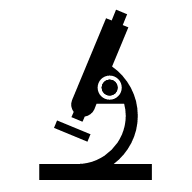Mixture designs are a special type of experiment where the product under investigation is made up of multiple ingredients. Mixture experiments have three or more factors with the sum of the factor proportions equal to one (100%).

Mixture experiments differ from other experiments in that you can’t vary factors independently. When you change the proportion of one ingredient, the proportion of one or more other ingredients must also change to compensate.
We can use the Mixture Design platform to build experiments with factors that are components in a mixture; for example: Salad Dressing, Bread, Paint and Car Seats. The goal is often to optimize the proportions of the ingredients such that certain desired properties of the resulting mixture are achieved.
View this plastics case study, where you will learn how to design a mixture experiment, fit a model and examine the impact of changing settings. Who should view? Anyone interested in a better understanding of mixture design concepts and how to design a mixture experiment to optimize results.
DME^2 using JMP v2021 Waves.zip
You must be a registered user to add a comment. If you've already registered, sign in. Otherwise, register and sign in.